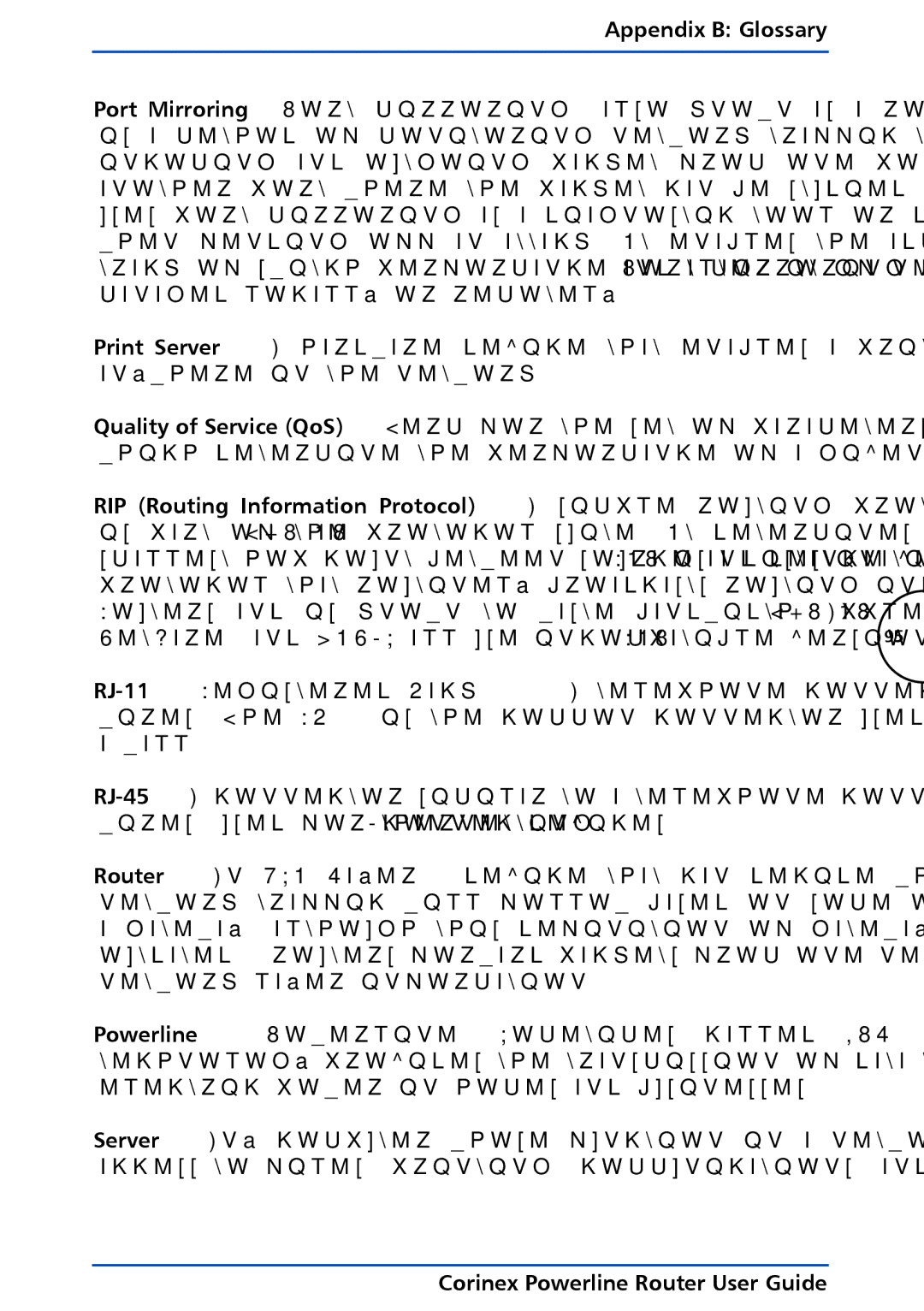
Appendix B: Glossary |
|
|
|
Port Mirroring - Port mirroring, also known as a roving analysis port, |
|
is a method of monitoring network traffic that forwards a copy of each |
|
incoming and outgoing packet from one port of a network switch to |
|
another port where the packet can be studied. A network administrator |
|
uses port mirroring as a diagnostic tool or debugging feature, especially |
|
when fending off an attack. It enables the administrator to keep close |
|
track of switch performance and alter it if necessary. Port mirroring can be |
|
managed locally or remotely. |
|
Print Server - A hardware device that enables a printer to be located |
|
anywhere in the network. |
|
Quality of Service (QoS) - Term for the set of parameters and their values |
|
which determine the performance of a given virtual circuit. |
|
RIP (Routing Information Protocol) - A simple routing protocol that |
|
is part of the TCP/IP protocol suite. It determines a route based on the |
|
smallest hop count between source and destination. RIP is a distance vector |
|
protocol that routinely broadcasts routing information to its neighboring |
|
Routers and is known to waste bandwidth. AppleTalk, DECnet, TCP/IP, |
|
NetWare, and VINES all use incompatible versions of RIP. | 95 |
Router - An OSI Layer 3 device that can decide which of several paths network traffic will follow based on some optimality metric. Also called a gateway (although this definition of gateway is becoming increasingly outdated), routers forward packets from one network to another based on
Powerline - Powerline (Sometimes called DPL- Digital PowerLine) technology provides the transmission of data over the same lines that carry electric power in homes and businesses.
Server - Any computer whose function in a network is to provide user access to files, printing, communications, and other services.
